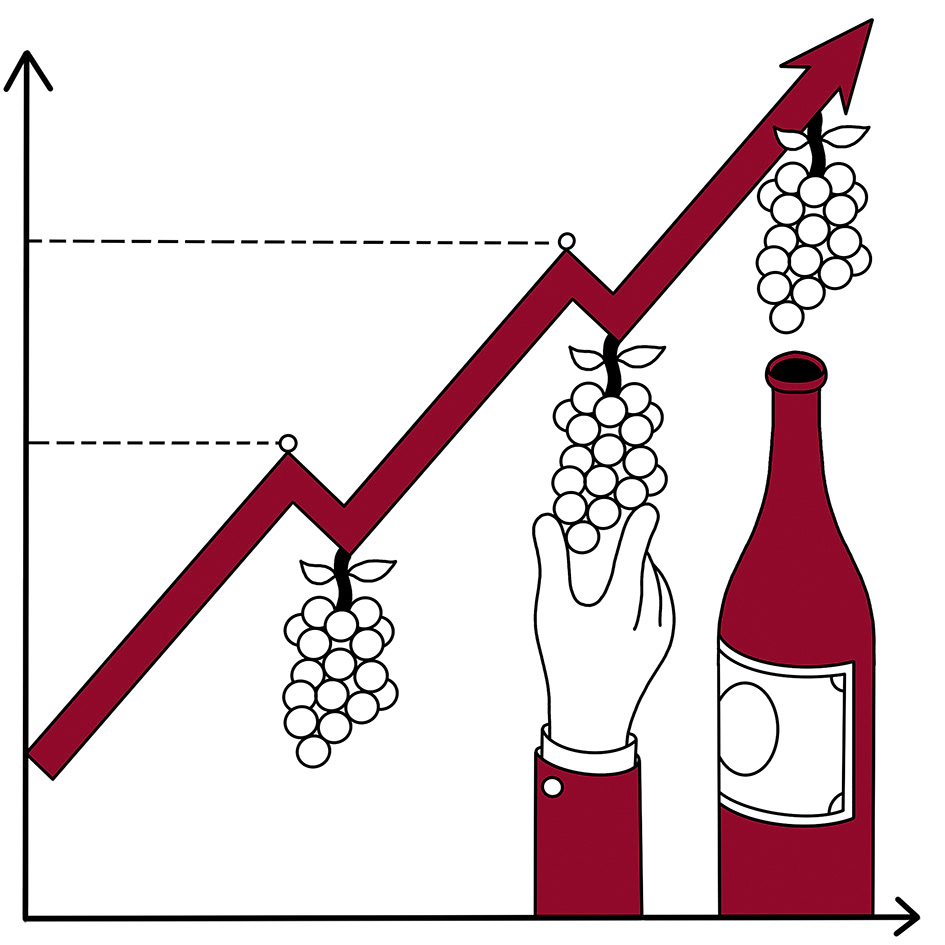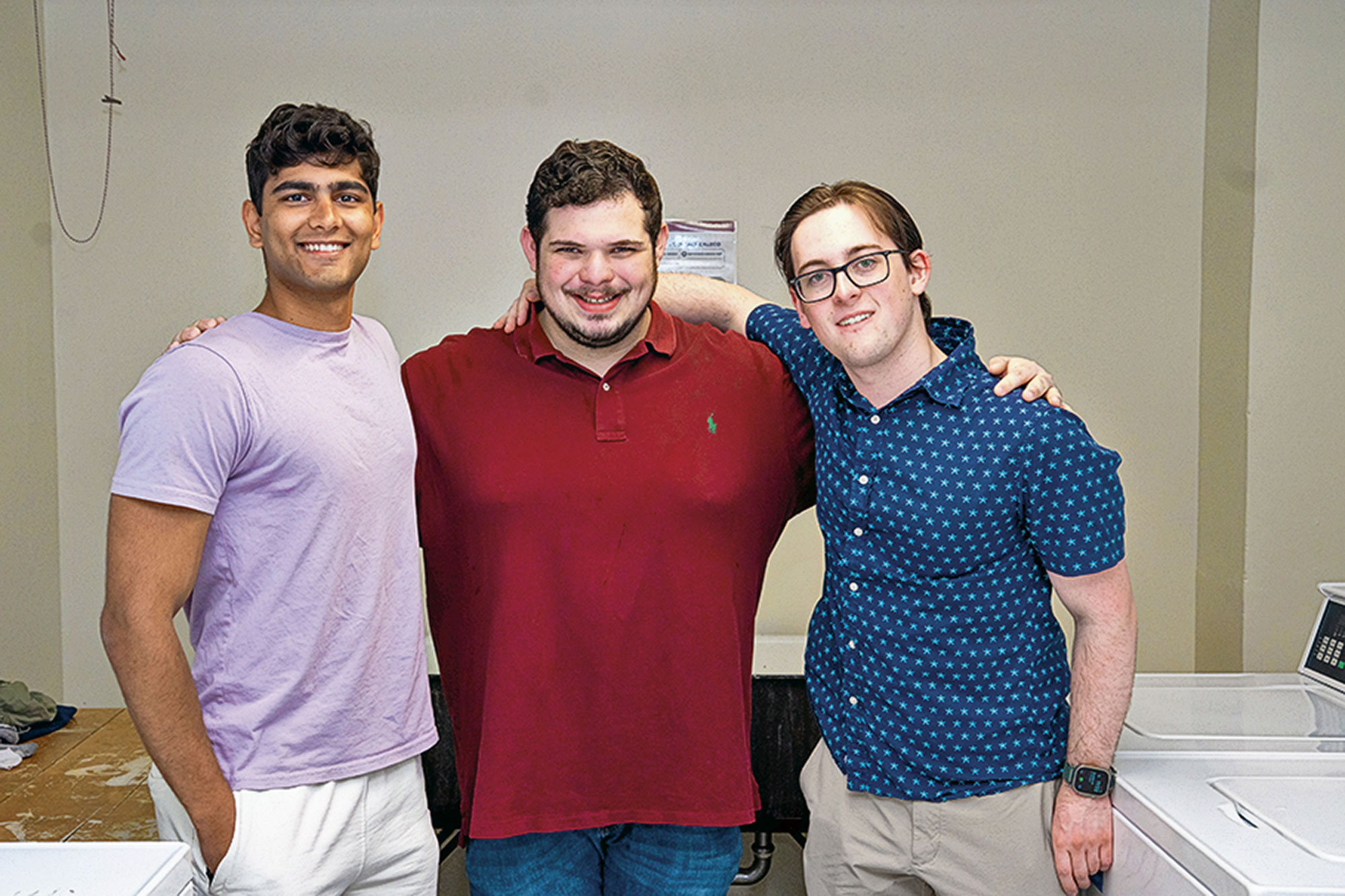An American pastime
David Buck ’86, former executive vice president of the Philadelphia Phillies, reflects on a journey in professional baseball that spanned nearly four decades.
by DAVID GAMBACORTA
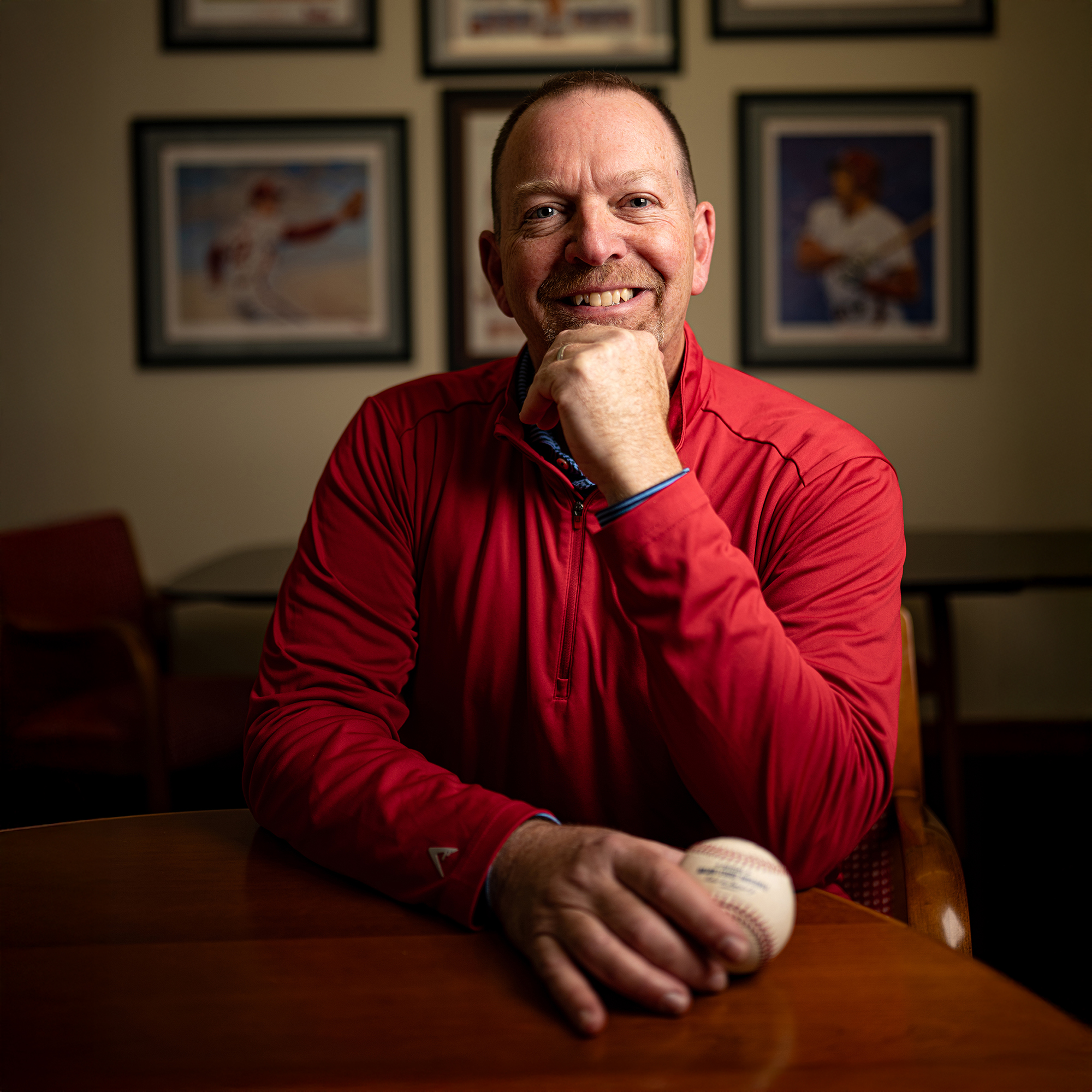
Photography by adam atkinson
On a Saturday evening in October 1993, an office phone began to ring inside Philadelphia’s cavernous Veterans Stadium. David “Dave” Buck ’86, a young member of the team’s marketing department, lifted the receiver to his ear and heard the voice of Bill Giles, the Phillies’ owner.
Giles explained that he’d just had a conversation with Ed Rendell, the city’s boisterous, sports-obsessed mayor. After a decade of fielding mostly losing teams, the Phillies—now led by a lovable band of Major League All-Stars, including Lenny Dykstra, Darren Daulton, John Kruk, and Curt Schilling—had made a stunning march to the playoffs and were on the cusp of appearing in the World Series.
Rendell had an urgent request: He wanted the team to produce an oversized Phillies cap to fit atop the 37-foot-tall statue of William Penn that loomed over City Hall. Giles was blunt. “You have to get it done,” he told Buck.
Buck was momentarily stunned. The city was not awash in shops selling accessories for 27-ton sculptures, and the Phillies didn’t have a stash of cartoonishly large props. Besides, Buck primarily sold advertising; he could have protested that this task didn’t quite fit his job description.
Years earlier, though, as an undergrad at Lafayette, Buck had learned to be open-minded. That spirit had compelled him to seek a job with the Phillies before he’d even graduated, and had been the key to a rewarding career with the team he’d rooted for as a boy.
No giant hat? No problem. Buck leafed through the Yellow Pages and found a phone number for Dave Moscinski, a designer who built elaborate costumes for Mummers clubs in South Philadelphia. Moscinski was able to craft a 7-foot-high Phillies cap made of chicken wire, steel rods, and red fabric, which was planted on Billy Penn’s bronze head.
“Opening day is going to feel really different,” says Buck, who is retiring after nearly four decades with the Phillies organization.
The Phillies went on to lose the World Series to the Toronto Blue Jays. But for Buck, the Billy Penn cap adventure became another in a long succession of memorable experiences he collected while working for the Phillies.
In early January, after 38 years with the team—the final eight of which he spent as executive vice president—Buck retired. He estimates that he attended about 2,600 games during his decades with the club. Some were thrilling, others heartbreaking. After all this time with the Phillies, his departure from the organization will be gradual; for the 2025 season, he will step into the role as a consultant. By the time this magazine lands in mailboxes, his tan will have already faded from spring training in Clearwater, Fla.
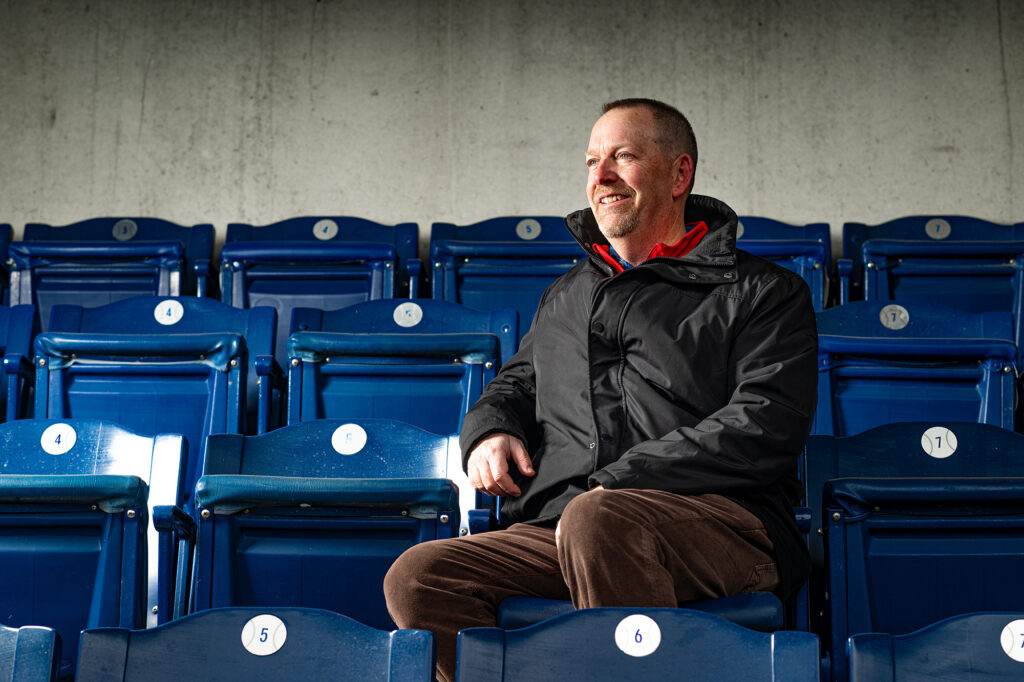
Buck muses that it will take time to adjust to not having so much of his life tethered to the rhythms and routines of a baseball season. “I think opening day is going to feel really different,” he says. “It’ll be nice to be able to turn the game off and not stress. I would be amazed sometimes at how upset I would get over a baseball game.”
Do you believe in magic?
Philadelphia’s pro sports teams—the Phillies, Eagles, Flyers, and Sixers—held a special allure for Buck when he was growing up in Wyndmoor, Pa. In April 1971, the turnstiles opened to brand-new Veterans Stadium, and Buck’s family drove nearly an hour to attend the first baseball game, which saw the Phillies host the Montreal Expos.
Fifty-four years later, Buck still remembers trekking up concrete ramps that led from the parking lot to the stadium’s concourses, and then catching an initial glimpse of the sprawling AstroTurf field. The Phillies would spend much of the ’70s assembling a collection of franchise icons: future Hall of Famers Mike Schmidt and Steve Carlton, gritty shortstop Larry Bowa, catcher Bob Boone, and first baseman Pete Rose. In 1980, those players propelled the team to its first World Series championship. Two years later, in 1982, Buck began attending Lafayette College.
He devoured books, enjoyed writing, and majored in history, but was unsure if those interests added up to a career path. Then fate intervened—over a plate of spaghetti. In 1985, Buck’s parents invited him and a friend, fellow Lafayette student Bill Casey, to their house for dinner. While driving from campus to Montgomery County, Casey ’85 explained that he had landed a job in finance and asked Buck what he planned to do with his life.
“I don’t know what I’m going to do,” Buck told him.
“Well, you love sports,” Casey said. “Why don’t you work for a sports team?”
Buck mulled over Casey’s suggestion while they ate; he later wrote letters to the Flyers and Phillies, asking if they had any job openings. The Phillies responded and offered Buck an internship in ticket sales. A year later, the team hired him for a full-time position. “If we hadn’t had that spaghetti dinner,” Buck says, “I don’t know what would have happened.”
At the beginning of his career, teams still printed individual tickets to every game, a far cry from modern fans’ ability to buy, sell, and transfer digital tickets in mere seconds with smartphone apps. Buck recalls sitting inside a call center at the Vet and gazing at a wall ticker that relayed how many fans were waiting on hold. If a ticket buyer wanted to use a credit card, Buck says, “you’d have to call the bank to get an authorization code for the credit card. If they bought tickets to four games, you’d have to call four different times.”
Co-workers treated Buck with extraordinary warmth; he soon realized that many had mistakenly believed he was related to J. Mahlon “Jim” Buck Jr., Class of 1921, William “Bill” C. Buck ’50, and Alexander K.“Whip” Buck ’53—co-owners of the Phillies. As an undergrad, he knew about the family’s extensive support of Lafayette but was unaware of their connection to the Phillies. Despite the shared name, he was not part of the Buck family. “I’ve gone back to the Mayflower to try and find a connection,” he laughs, “and there’s no connection.”
His early years with the organization proved to be a moment of difficult transition for the franchise. The team lost 82 games in 1987, the first of six consecutive losing seasons. That sour spell wasn’t broken until 1993, when that group of colorful veteran players carried the team on an improbable run to the World Series, capturing the city’s affections along the way.
“It was completely unexpected,” Buck says. “We had this thing called ‘rally ties,’ where we would throw our ties over our shoulders. Everyone did it, and the team had a long winning streak.”
Serendipity seemed to be everywhere, even in Buck’s corner in marketing. Yellow Pages officials committed a Phillies-inspired advertising campaign after learning that Buck had used their directory to find a designer to build Billy Penn’s giant red cap.
Buck’s star continued to ascend within the organization; in 1999, he was named vice president of advertising. On the field, though, the Phillies were again muddling through a string of losing seasons. Entire sections of the Vet sat empty during games, as fans grew tired of underperforming rosters and the stadium itself, which sometimes literally crumbled beneath their feet.
The business of baseball was simultaneously undergoing a shift. It wasn’t enough anymore for teams to just host a game and expect people to show up. To become relevant—and profitable again—the Phillies had to pivot into a new era. It was time to consider a different business model.
Movin’ on up
Ninety-nine miles to Philadelphia’s south sat a Major League Baseball blueprint: Baltimore’s Camden Yards. Opened in 1992, the Orioles’ baseball-only ballpark had cast a spell on fans, players, and executives alike.
With open views of the city’s skyline, food offerings that went beyond peanuts and Cracker Jack, and a natural grass playing field, the ballpark was an enchanting place to spend a few hours, a stark contrast to the Vet’s closed-off concrete bowl and punishing artificial turf field.
The Phillies assured fans—and advertising partners with whom Buck worked closely—they would build their own magical stadium and invest significant money on player salaries to become a winning franchise once more.
“It was all hands on deck and design meeting after design meeting,” Buck says about building Citizens Bank Park, “and it was just fun.”
Buck was part of a core group of a half-dozen or so executives, including David Montgomery and Bill Giles, who studied Baltimore’s success and were responsible for bringing the Phillies’ dream of a new ballpark to life. “It was all hands on deck and design meeting after design meeting,” Buck says, “and it was just fun.”
In December 2002, the team signed Jim Thome, a Hall of Fame-bound slugging first baseman, to symbolize their rebirth: The staggering $85 million contract launched one of the most successful stretches in franchise history, right off the bat. Six months later in June 2003, Buck negotiated a deal that was just as significant, convincing Citizens Bank to pay the Phillies $95 million for the naming rights to their new ballpark. “It was exhilarating, difficult, tiring, and still brings a smile to my face when I think about it,” Buck says.
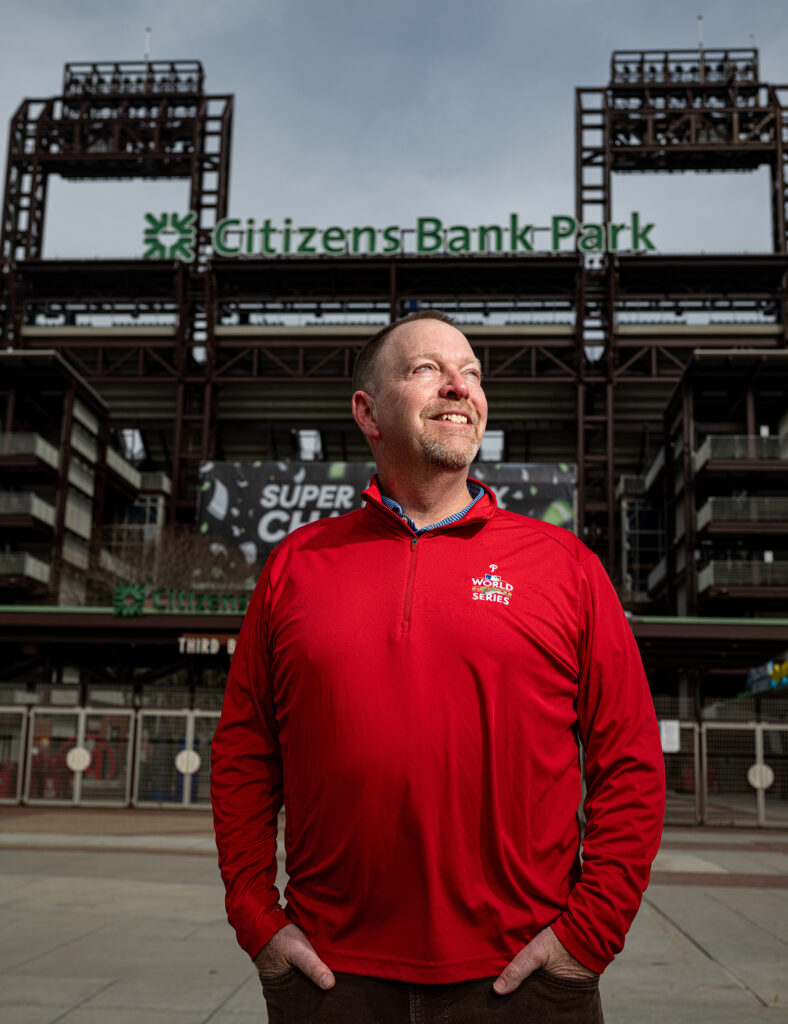
A year later, the Phillies opened Citizens Bank Park on a chilly April afternoon. Visitors were instantly won over by the more intimate ballpark, its view of the city’s skyline, and a towering neon Liberty Bell that lit up and clanged whenever a Phillies player clubbed a homerun. Fans responded to other details that Buck helped shape, like a centerfield alley that included food from local restaurants and a robust team store. Buck said he and his colleagues felt an enormous sense of pride for having made good on the team’s promise to its fan base.
Even better days were ahead. The Phillies developed their best core of players in a generation, from Chase Utley and Jimmy Rollins to Ryan Howard and Cole Hamels, and made the playoffs in 2007; that same year, Buck was promoted to senior vice president of marketing. In 2008, the team won the World Series, their first championship since 1980—when Buck was still in high school. An estimated 1.5 million people attended the parade that trundled through the city.
“I remember someone asking me, ‘What does ’08 mean to you?’ I had been there 20 years and didn’t have a lot of winning seasons, and now we had made it. It kind of changed my whole outlook on my career.”
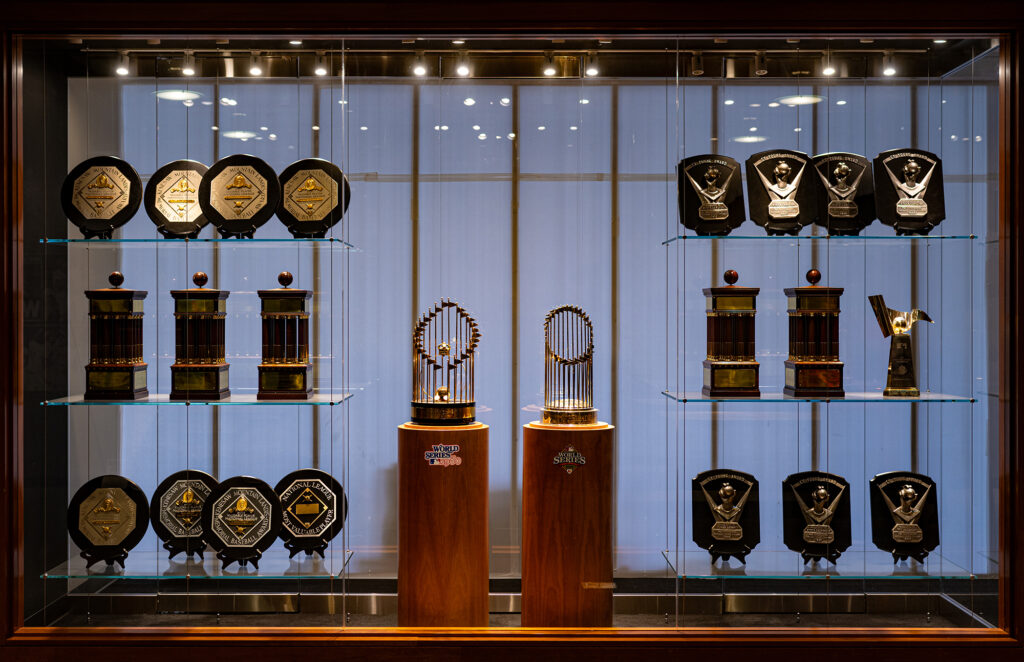
Hope for the future
Once the Phillies were on more solid footing, Buck’s thoughts drifted back to Lafayette. He attributed part of his success in baseball to lessons he learned in college about navigating an adult world and wanted to pay that wisdom forward.
In 2010, he began hosting an externship program at Citizens Bank Park for Lafayette students. “The school taught me how to interact with people,” Buck says, “which is probably the most important thing that anyone can learn.”
Each January, on two days, a handful of students were given an extensive tour of the ballpark and introduced to officials working throughout the organization. The visits also included a stop in Buck’s office, where students could peruse an old map of Lafayette’s campus.
Lindsey Quigley ’20 had grown up a diehard Phillies fan. So when the Abington, Pa., native learned about the externship program with Buck, she was intrigued. She had never given any thought to working in sports. And like many young students, she found it difficult to apply for internships with a resume that, at the time, included just a few part-time jobs.
Quigley participated in the externship in 2018 and was awed by the insider access she was given to Citizens Bank Park. “To be in the clubhouse where the team celebrated the World Series was surreal,” she says. “But it sparked an interest in what it’s like to work behind the scenes of a multibillion dollar sports organization.” A year later, she landed an internship with NBCSports.
After graduating, Quigley was hired by Comcast, where she now works as political engagement senior specialist. Buck, she says, taught students “your career can also be something you’re really passionate about. That was one of my biggest takeaways from the experience.”
In total, Buck has hosted 34 Lafayette students at Citizens Bank Park. “Alumni engagement is so very valuable to the overall Lafayette community,” says Alexis Leon, assistant director for experiential learning at Lafayette’s Gateway Career Center. “And it’s exactly what allows us to enjoy the long tenure we have with this premier externship program.”
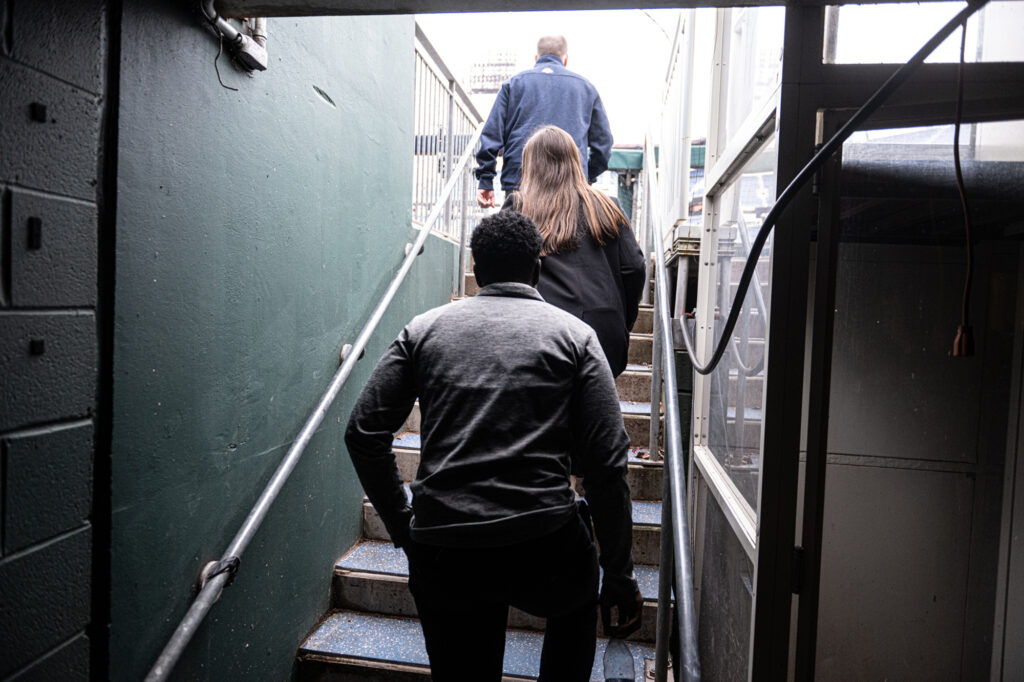
Courtney Campbell ’25, a math and economics major, participated in the externship in January 2024. Campbell says she was struck by the arc of Buck’s career with the Phillies, which had begun, essentially, on a whim. “It was helpful hearing about the importance of keeping your options open,” she says. “I’m graduating this semester and starting to look at jobs. It’s just helpful knowing that no matter what I decide, postgrad, to go with the flow a little.”
Buck’s role with the Phillies never stopped growing. He was part of a two-year negotiation with Comcast for the rights to the team’s television broadcasts, which culminated, in 2014, with a 25-year deal worth a reported $2.5 billion. Three years later, he was promoted to executive vice president.
“Dave embodies the spirit and heart of our team,” says John Middleton, chief executive officer and governing managing partner of the Phillies.
In an emailed statement, John Middleton, the Phillies’ managing partner and chief executive officer, cited a list of Buck’s contributions to the team, from securing agreements with Comcast and Citizens Bank, to developing fan-favorite ballpark attractions like The Yard, an interactive mini ball field for children, and Pass and Stow, the pub area. Middleton also praised Buck for serving on the boards of the Committee of 70, which focuses on good government, and the Police Athletic League. “Dave embodies the spirit and heart of our team,” Middleton said.
As the business of baseball evolved, the team had to grapple with the latest shifts in consumer preferences. In 2016, for example, the average time of an MLB game swelled to more than three hours, and attendance and viewership numbers across the sport began to fall. “I used to get home at 11:15 most nights,” Buck notes. Sometimes, when weekend games in the summer lagged, from his ballpark office he gazed wistfully at the nearby Walt Whitman Bridge, where motorists were driving toward the Jersey Shore.
Once the sport implemented a pitch clock in 2023, average game times dropped to two hours and 36 minutes, and attendance and viewership figures have risen by more than 10%. Buck predicts that more changes are on the horizon.
“I believe, in a few years, there are going to be 15 different tiles on my screen, and I’m just going to pick whatever game I want to watch, and it’s not going to matter about television territories,” he says. “I’ll be able to watch on my computer or on my phone, because people have shorter attention spans, and they want to watch games when they want to.”
Buck won’t have to fret over the fine details of that next revolution or baseball’s All-Star Game, which is set to return to Philadelphia in 2026 for the first time in 30 years. He started to feel, in recent years, that his time with the Phillies was drawing to a natural close. Buoyed by a new generation of star players, the organization recently celebrated its 20th anniversary at Citizens Bank Park, has been enjoying playoff appearance runs, and now boasts the second-highest payroll in baseball.
A perfect time, in other words, for Buck to step away and finally plan some summer trips to the shore. Toward the end of December, the Phillies held an office party for employees inside Citizens Bank Park. Buck cleared out his office and packed away old photos; memories of his time with the club—good and bad seasons, giant hats, relationships that grew like the ivy on the ballpark’s centerfield batter’s eye—wheeled through his mind like a carousel.
“A co-worker said to me that morning, ‘I know we don’t interact a lot, but it was always reassuring to me you were here in your office, looking out for us,’” Buck recalls. “That made me feel really good.”
Ballpark Figures
There is a sort of romantic notion about Major League Baseball’s connection to its past, a sense that the game your grandparents watched isn’t much different than the one you enjoy in 2025.
But the business of baseball has evolved quite a bit, and Dave Buck had a front-row seat for some of those changes during his nearly four-decade career with the Philadelphia Phillies. Here is a glimpse at the past and present, viewed through Buck’s first season with the team, as an intern in ticket sales in 1986, and his final one, as an executive vice president in 2024.
1986
2024


